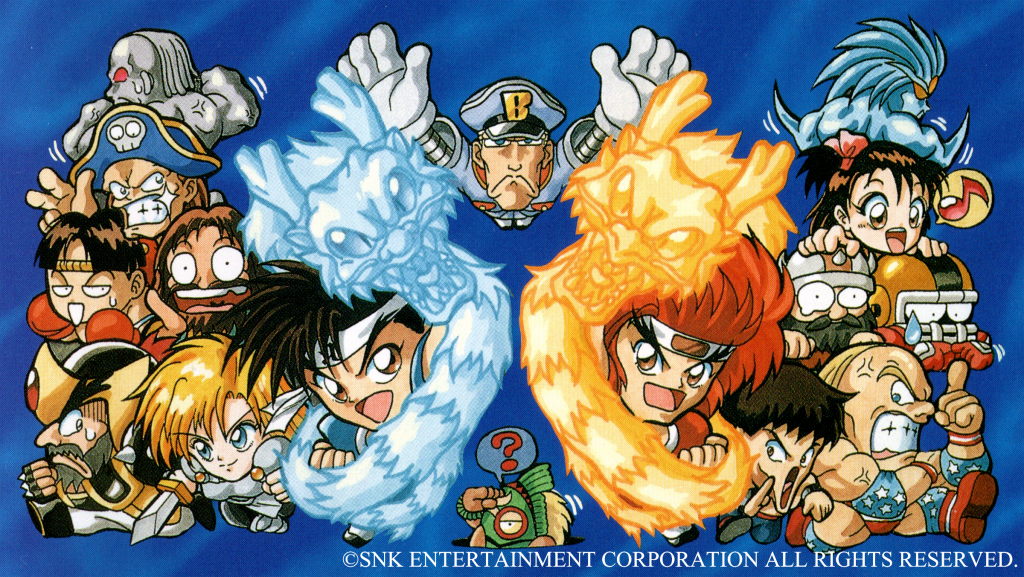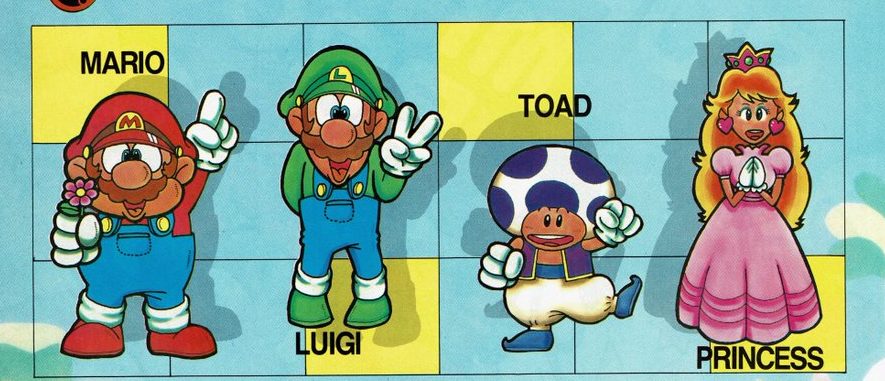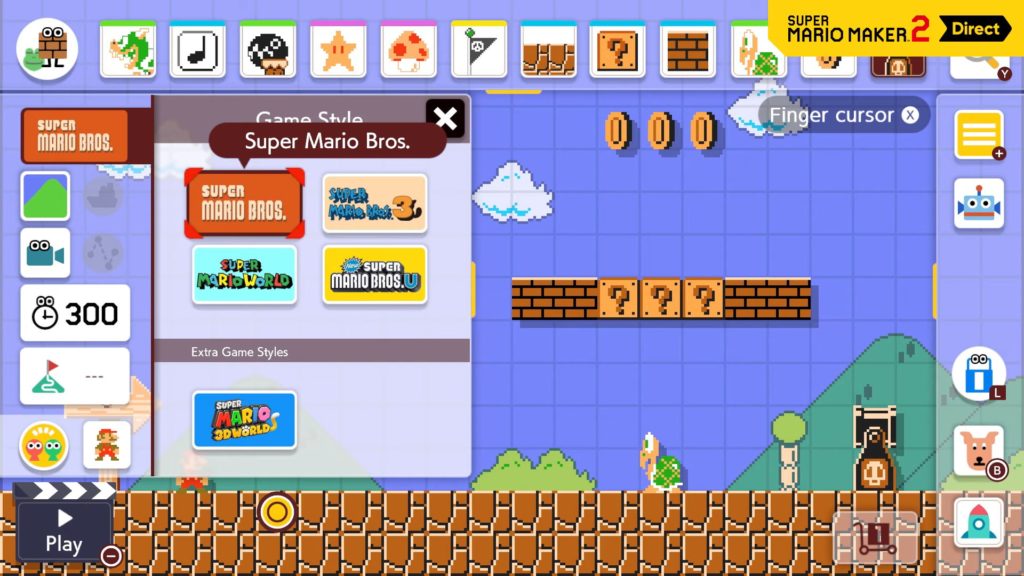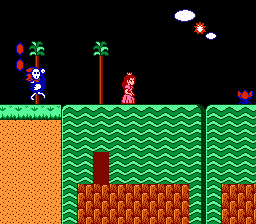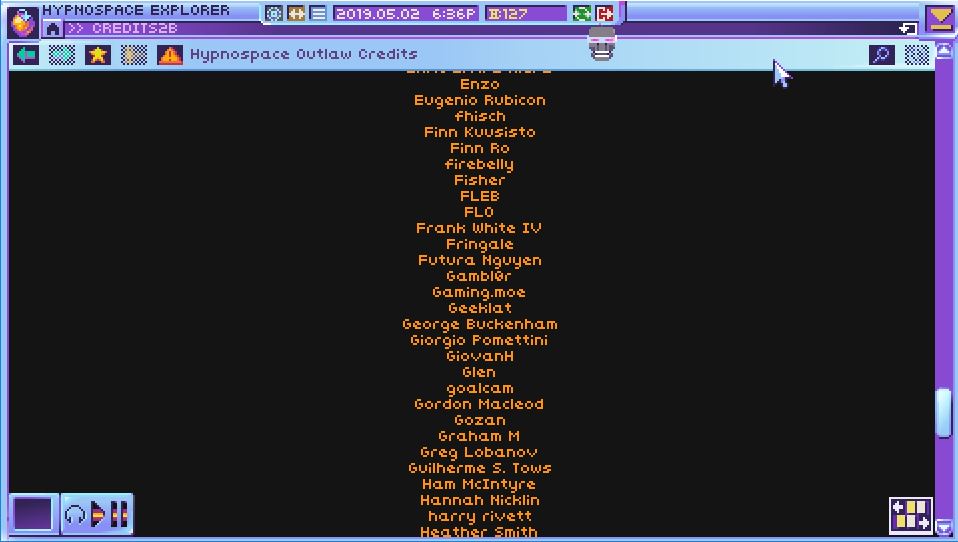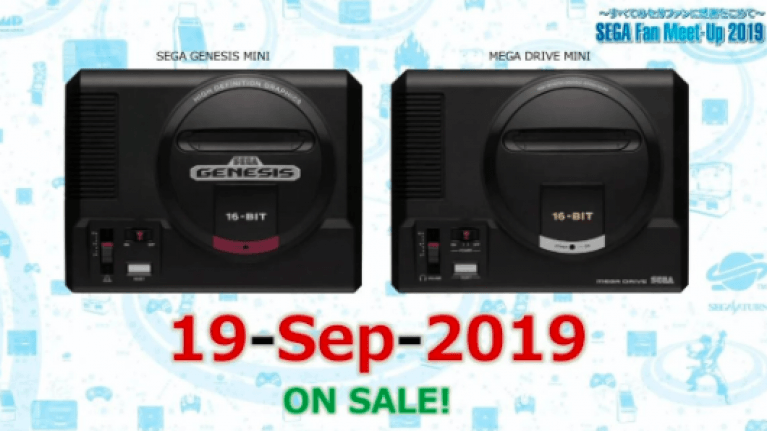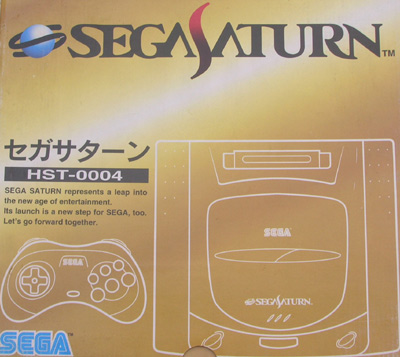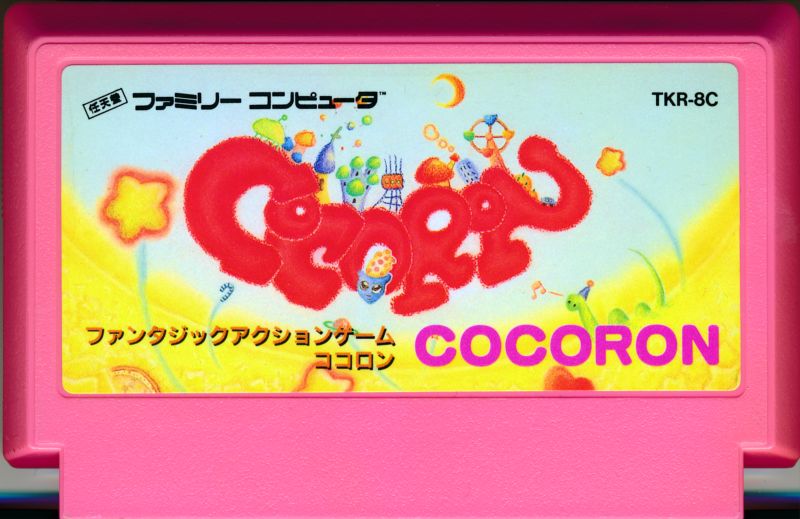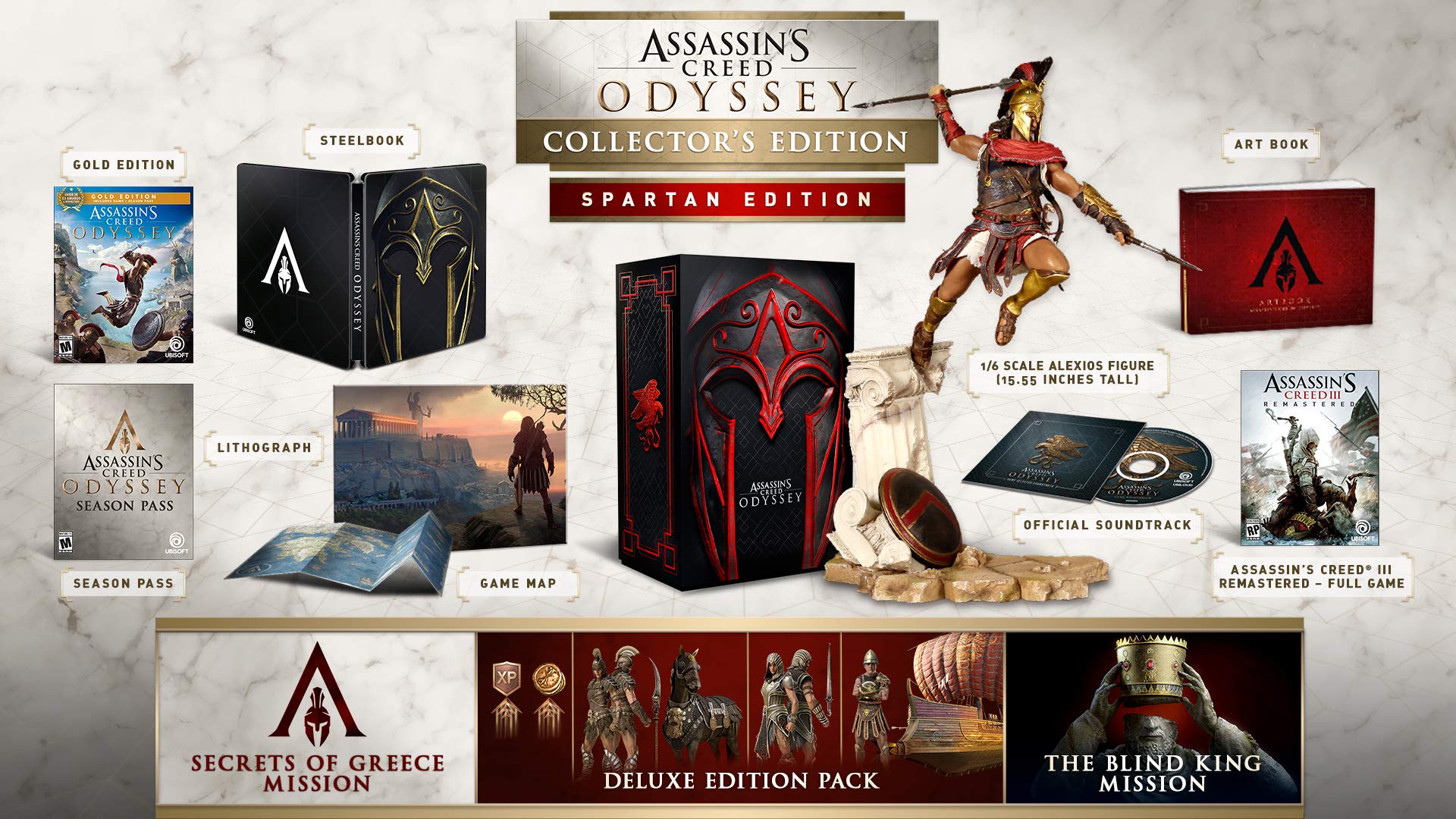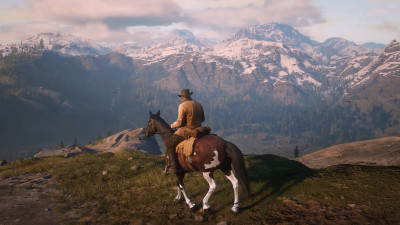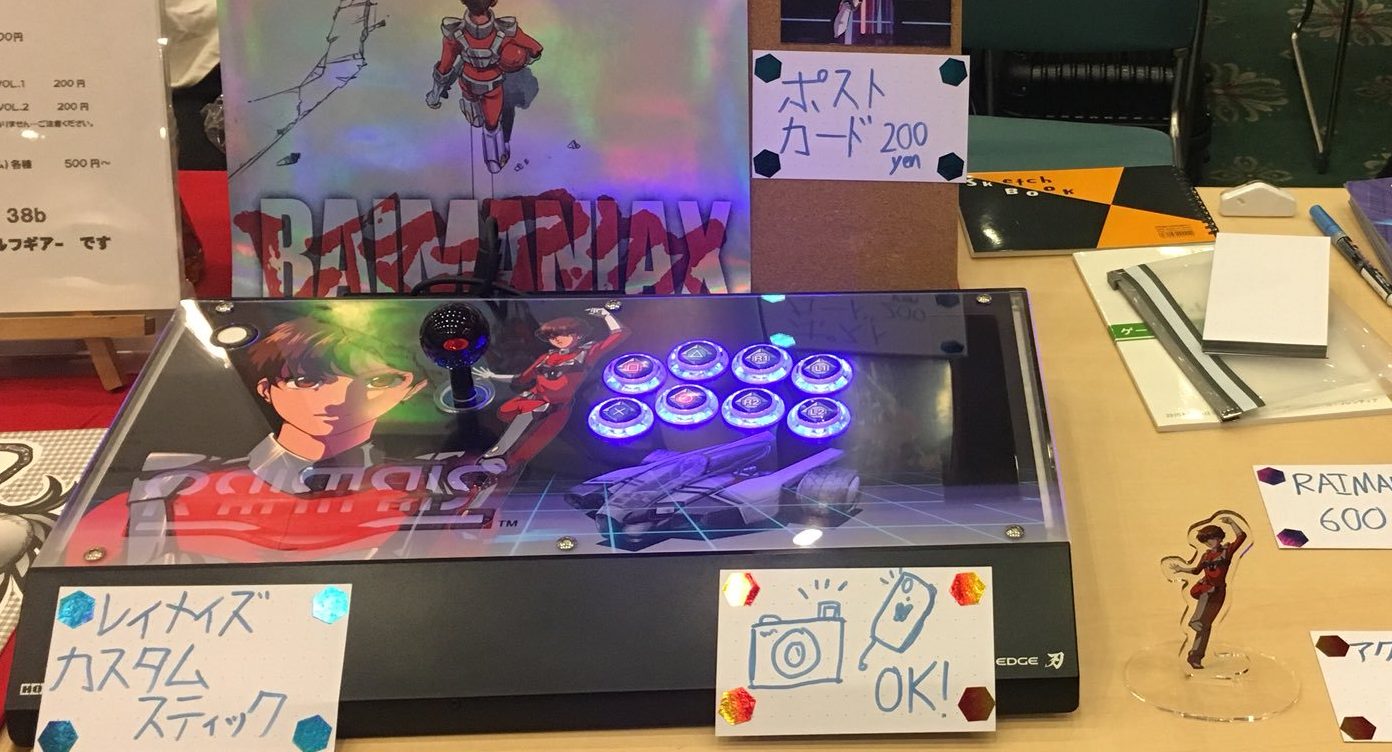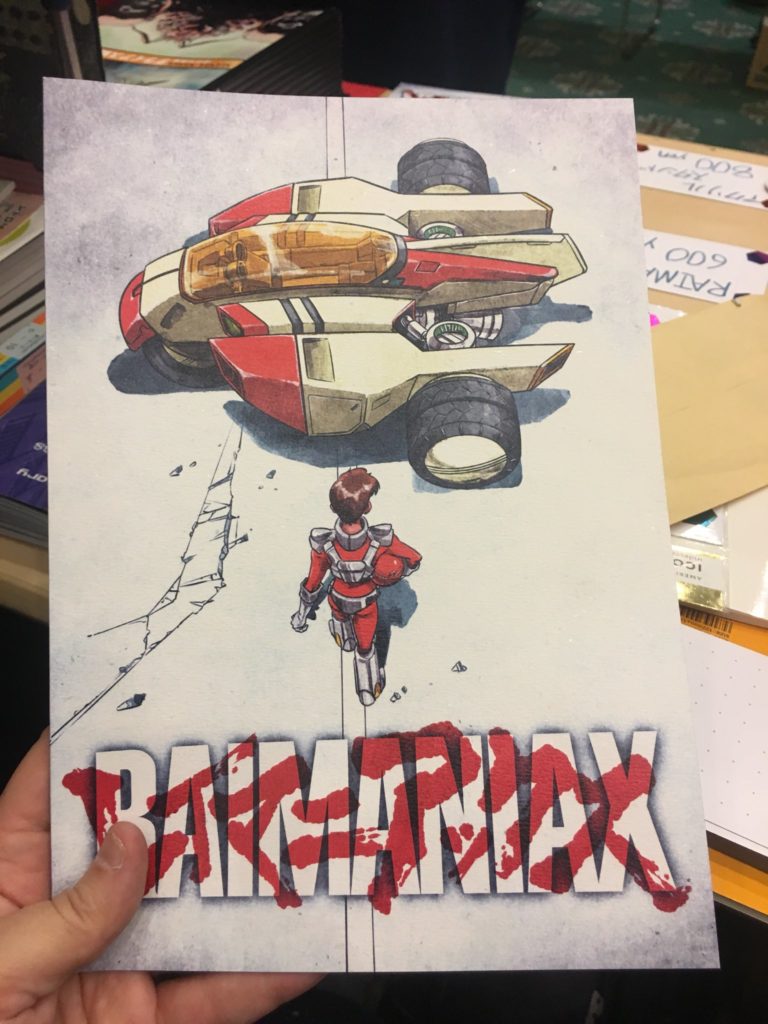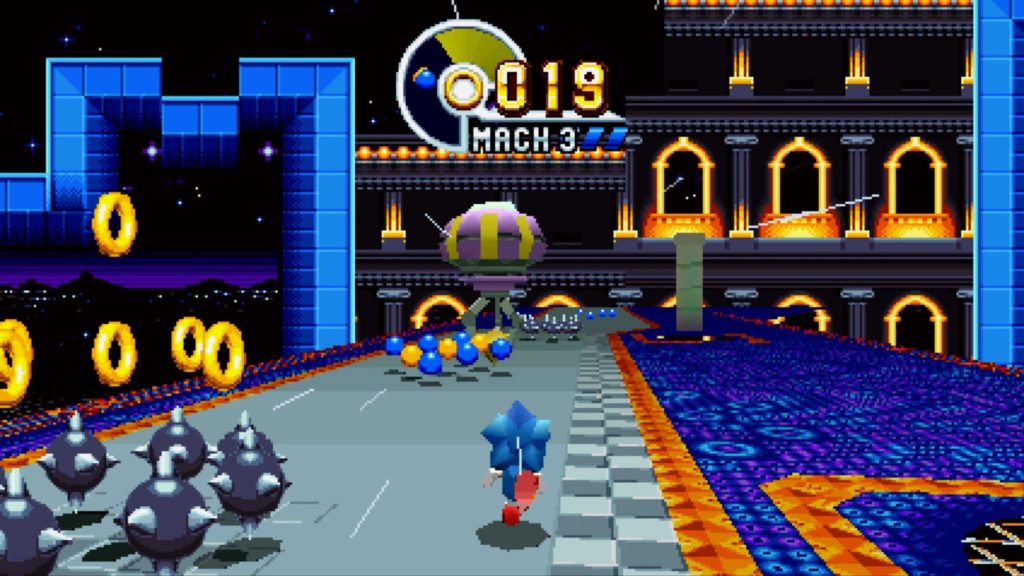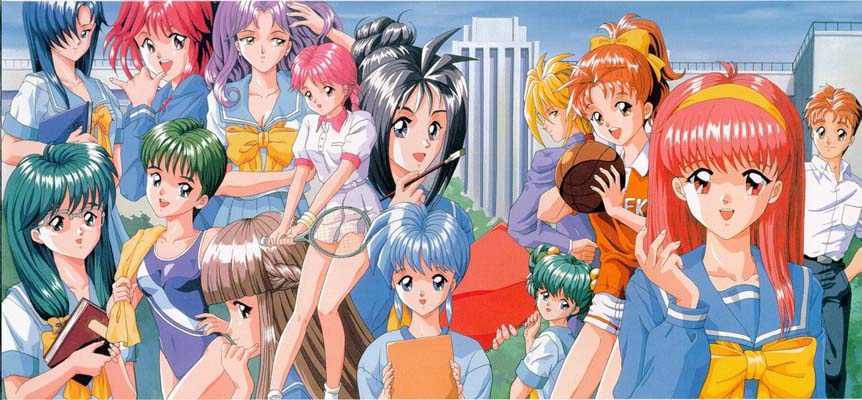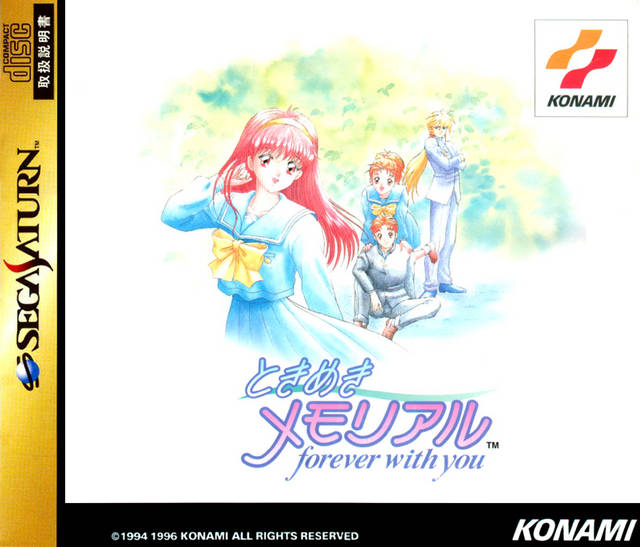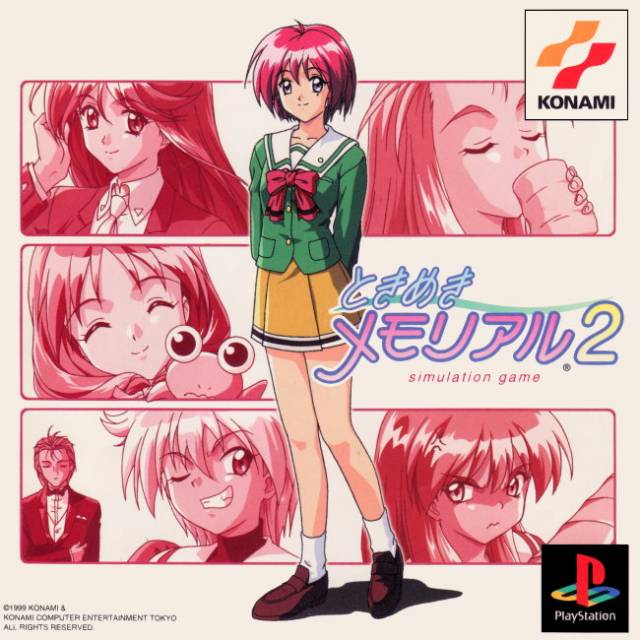Where did this wacky idea of mine to go into doujinshi publishing germinate, exactly?
Let’s start by going back a bit, to around the mid-90s or so. I was in my teens, obsessed with anime and things like Virtua Fighter and Final Fantasy VI, and loved writing stories and doing drawings about the games and shows I was a fan of. Unfortunately, I lived in the American Midwest and was surrounded by people who could not give less of a rat’s ass about the weird games I did, so I wound up keeping all of the stories and doodles to myself. The internet is really just starting to become a thing, so it gave me a bit of an outlet to meet and talk with other people who like the same sort of games and media I did… but since it was still just building steam, it was pretty limited.
Oh, what I wouldn’t have given to be able to talk and share my creations with others! Clearly, there must have been some folks out there who would love to hear me tell them the stories I had in my head about Virtua Fighter characters.
It’s around this time that, somewhere — I forget where, exactly — I encountered an article describing doujinshi and doujinshi subculture. Upon reading it, I was in complete awe. The article — complete with pictures — described a convention where people went to sell and buy their own stories and comics about their favorite anime, manga, and games. The pictures showed so many things that I longed for: photos of fan comics based on Virtua Fighter and SNK fighting games, people dressed as characters from Final Fantasy and Darkstalkers, stalls lined with artists showcasing their work.
Reading this article was revelatory to me. What it described was something I desperately, desperately longed for. A place where many people came together to trade fan work about the media they loved… it sounded like something out of a dream to a lonely girl in the Midwest who wished she could share her creations with others who liked the same nerdy stuff she did. But such a magical place was far across the ocean, seemingly forever out of reach to me. For years, it felt like I would never be able to see what these doujinshi conventions were like.
I did, however, continue to do research on the world of doujinshi, and what I discovered fascinated me. I was able to obtain a few books — some through resellers on places like eBay, others through a few friends in Japan I had made contact with — and seeing other people’s creations based on games and characters I loved felt nothing short of wonderful.
Eventually, however, I did manage to make my way over to Japan in 2002. It was that year when I attended Comic Market for the first time. I’d heard of Comic Market talked about as the king of all doujinshi events, and I knew that if I wanted to finally see what these gatherings were all about, I’d have to go myself. What I experienced exceeded all of the expectations I had. This was a place free of shame and stigma where I could meet others who loved the same sort of stuff I did, where I could form a personal connection with a creator by buying physical copies of their work, where I could find crazy, wonderful things that I never imagined. I came out of that Comiket absolutely exhausted and having spent far too much money, but my god, I had never felt that sense of belonging and the freedom to be my profoundly nerdy self so intensely before.
That’s when I absolutely knew that, somehow, I wanted to engage in the creation of doujinshi myself. It took 16 more years for it to happen, but after years of attending events, buying books, and forming connections with other creators, I finally achieved a lifelong dream.
But, dear reader, I know I’m not the only person who feels this way about Japan’s fascinating and wonderful doujin subculture. I know that there are others who, like me, long to participate in this scene. And to help those folks out, I’m going to talk about my experience of doujinshi creation — and try to advise you on how to set foot into your own self-publishing endeavors while doing so.
Step 1: Deciding what the hell you want to do
The first thing you need to do when making doujin is figure out what it is you want to make. Which can be just about anything — you can base it off of an existing property (provided the owners aren’t unusually litigious), write original comics or stories, make informative books or self-published reference guides… the doujin world is your oyster! It doesn’t matter if it has a logical reason for existing or not, what matters is that it’s something you care deeply about and want to share with the world.
For some people, deciding on a subject is really easy. Do you have an OTP you draw every day, maintain a tumblr art archive for, and want to sell a book of your comics of them smooching overseas? Cool, there’s your doujin, move on to step 2. If you’re like me, however, and you have a whole mess of different obscure interests… well, narrowing things down a bit more difficult!
I’ve been thinking about doing doujinshi of my own for over a decade and a half now, and the subjects and ideas I’ve had have changed constantly over the years. I’ve wanted to do something about Vanessa from Virtua Figher (still do, in fact), something about Fighting Vipers, books where I talk about my favorite male and female game characters, books about various obscure retrogames…
So how’d I eventually settle on a subject? Well, when I was in Japan over the 2016-2017 New Year, I met with my friend Pin, another doujinshi creator who compiles amazing books about important titles from Japan’s gaming history. I’d just finished my Raimais article, ran it at Arcade Superplay Expo, and acquired the PCB from a store in Osaka, so Raimais was very much on my mind. Over dinner, I had a thought come to me, which I promptly blurted out:
“You know… I think I’d really like to make a Raimais doujinshi.”
And that was the spark. In a sudden burst of thought, I’d managed to settle on what would be the subject of my first doujinshi. Of course, I still had a lot of work ahead of me to actually make it a reality.
Step 2: Figuring out how you’re going to make this happen
Congratulations, you’ve figured out the subject of your book! Now, you want to stop and make a preliminary plan of what your book is going to be like. There’s a lot to consider here!
- Is it a comic? An illustration collection? An informative book?
- Will it be black and white? Color? A bit of both?
- Are you going to be the sole artist and/or writer, or will others be involved?
- How big of a book do you want this to be, both in terms of physical size and number of pages?
- Do you want any cute extras for the book, like a fancy-schmancy cover or some sort of insert?
I’ll go into more detail about choosing various print options when we get to the next part of this article, where we’ll discuss getting the book printed. For now, just make a general plan of what you want to do. This plan isn’t a permanent thing, but just a general idea of the sort of creation you want to make. Keep in mind that, as things progress, your plan will probably change, as they did for me.
Initially, my plans for the Raimais book were quite grandiose. I’d seen doujin by my friends Pin and Zekuu, two folks who go into some amazingly detailed research about fascinating retrogaming subjects and bind it all in gigantic, 100+ page books. I’d seen guidebooks from Mind Maker, who published some very detailed guidebooks about games like Strider Hiryu and The Ninja Warriors. I wanted to make a book that combined a guide and a deep dig into the material, discussing everything I’d found in my research on the game, along with an overview of all of the game’s stages, and some guest art of the game’s characters.
I eventually came to realize, however, that this would be a tremendous undertaking. Carefully playing through and documenting strategies for 120-some levels, even with the custom stage-analyzing tool I had, was going to take quite a long time in-between my normal work obligations, I’d have to write a lot of stuff for the guide in Japanese, and I’d need to rope a translator friend in to help proofread and edit the Japanese since it’s a second language and I’m prone to mistakes. This was starting to look less and less feasible.
Thinking about it further, doing a big, ambitious book as my first venture into the world of doujinshi publishing… well, it just felt like it wasn’t the best idea. I’d need a lot of money upfront for printing, I wouldn’t know how much of an audience it would attract, and a project of that size has a lot more that could potentially go wrong. However, Raimais’s 30th anniversary was approaching, and dangit, I felt like I had to make something for it, even if it wasn’t the big thing I had originally envisioned.
I eventually made the decision to heavily cut down my original concept: the guide and analysis weren’t going to happen. Maybe I’d save them for something to come in the future if this project was successful, but for now, I was going to focus on putting together an illustration book instead. It’d be an anthology, and I’d get together several artists to contribute work based on the game. I already had contact with a few folks I wanted to work with for commission stuff, so I figured approaching them for potential doujinshi publication would likely work out well. That seemed like a good head start!
Step 3: Figuring out when and where you’re going to try and sell your doujin
Planning a doujinshi — especially a doujinshi with numerous contributors — takes time. You’ll want to give yourself some breathing room to work on the book before it goes to print, so now’s a good time to look at various doujinshi events and figure out where you would like to debut your work. You’ll want to find an event relevant to the subject matter you’re focusing on that’s at least a few months away.
Most doujinshi make their debut at some sort of doujinshi event. There are hundreds of these events, usually a few every week, at different locations across Japan. Some, like Comic Market and the various Comic City events, are more general in what sort of subject matter you can exhibit. Other doujin events tend to have some sort of theme, ranging from more general, to more specific, to very specific.
For example, there are events focused on Jojo’s Bizarre Adventure doujinshi, but there are other JJBA events focused on certain parts of Jojo’s Bizarre Adventure (i.e. Part 3: Stardust Crusaders), and then you might have a very specific JJBA event that’s all about doujinshi involving Jotaro and Kakyoin smooching. (This sort of specificity is one of those wonderful quirks I love about the doujin scene.) Depending on how popular the subject matter is, these sort of events can range from small little gatherings to very big events. Take a peek over at ketto.com, a Japanese site that lists numerous current and upcoming doujinshi events, to get an idea of the amazing variety of these gatherings.
The small-to-mid-size themed events make for great places for first-time doujinshi sellers to cut their teeth and start building a name for themselves among peers with the same interests. See, when people dream of selling at a doujinshi event, their mind usually goes straight to fantasties of hawking books at Comic Market to the unimaginably huge horde of nerds that go there twice yearly. But as big a deal as Comic Market is, you probably don’t want to make it your first selling event, for several reasons:
- It’s really big, crowded, and stressful, which — if you’re new to this whole publishing and selling thing — can make your anxieties a lot worse.
- The odds of you getting in aren’t as good as a smaller event. There’s a sort-of-lottery every Comiket to figure out which of the circles applying actually get picked to exhibit, and its inner workings are a complete mystery. Even big, well-known circles and artists fall victim to the whims of Comic Market RNG every so often.
- You’ve got the Steam problem of having to fight to be noticed within an extremely crowded marketplace. If you’re selling stuff based on something big and popular, you’re going to struggle to get noticed among the many, many other people who are doing work based on the same thing. If you’re doing something more obscure… well, you still have to compete with the big blocks of more popular stuff. Best hope somebody took the time to notice your tiny little circle cut in the catalog buried among the other obscure-media circles.
So yeah, Comiket is wonderful, but a smaller event is likely a better place to start your doujinshi career. Less stressful, less struggling for attention, and a better environment to interact with customers and other folks who share your interests.
As I was planning for the book, I had an event in mind I wanted to debut it at: Game Legend, a doujin event in Tokyo that focuses primarily on retrogaming-based creations. This seemed like the ideal place to offer up a book about a 30-year-old Taito game: they might see a Raimais-themed book and say, “Holy crap, Raimais! I loved that game! I can’t believe there’s a doujinshi about it!” It was held twice yearly, in May and November: May is usually an expensive month to travel to Japan (and a fairly busy work month), so I planned to try and offer the book at the November event.
It’s probably a good idea to contact a few artists/authors you’d like to have contribute at this point in planning to let them know what you’re planning on doing. A lot of artists can have pretty harsh schedules, so getting an advance commitment can be a big help. At the early stages of planning, I knew I wanted Nina Matsumoto and Nemi to do something for the doujin. I also knew they were exceptionally busy, so I asked well in advance if they’d be able to find room in their schedules for a contribution to the book.
Alright then, that’s our initial preparation down. Now it’s time to apply to the event, work on planning the book out further, and research how to get our stuff printed. Stay tuned for Part 2!
